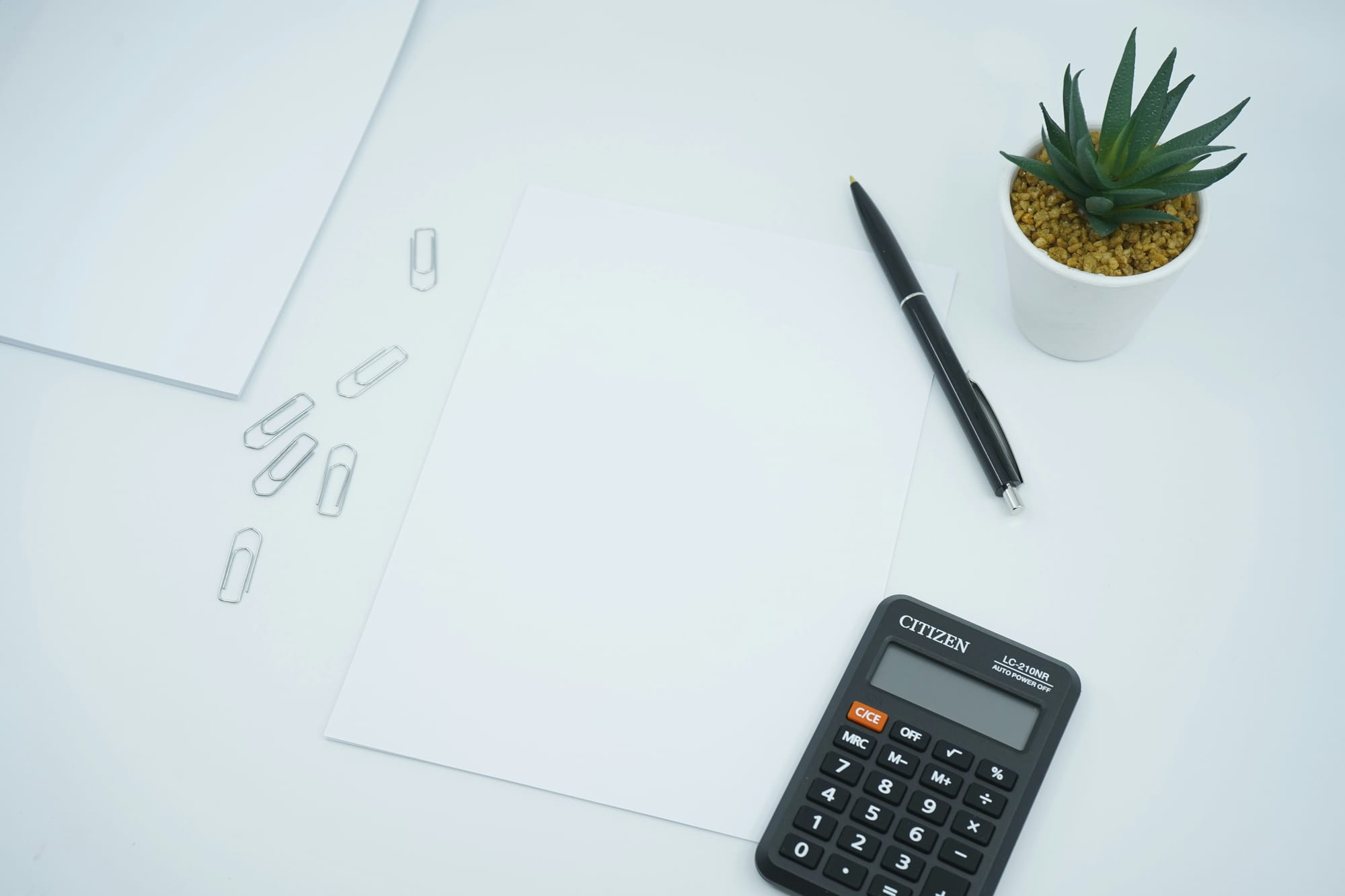Tenant or Landlord? Who Pays Stamp Duty on Your Singapore Rental?
Unveiling the Responsibility: Understanding Stamp Duty Costs in Your Tenancy Agreement

Understanding Stamp Duty
Stamp duty, levied by the Inland Revenue Authority of Singapore (IRAS), is a tax imposed on various documents related to property transactions. This includes tenancy agreements for residential and commercial properties. In essence, it's a contribution to the government's revenue stream, used to fund essential public services and infrastructure.
The IRAS (Inland Revenue Authority of Singapore) provides a guide on how to calculate the stamp duty based on the Average Annual Rent (AAR). Here's how it works:
Lease Duty Rates:
- AAR does not exceed $1,000: Exempt (you don't pay any stamp duty)
- AAR exceeds $1,000:
- Lease period of 4 years or less: 0.4% of total rent for the period of the lease
- Lease period is more than 4 years or any indefinite term: 0.4% of 4 times the AAR for the period of the lease
Here's how to use this information:
- Calculate the Average Annual Rent (AAR):
- Take the total rent for the entire lease period and divide it by the number of years in the lease.
- Example: Your rent is $2,000 per month and your lease is for 2 years. AAR = ($2,000/month * 12 months/year) / 2 years = $24,000 / 2 years = $12,000
- Check if exempt: If your AAR is $1,000 or less, you don't pay any stamp duty.
- Calculate the Stamp Duty:
- If your AAR is more than $1,000:
- Lease period of 4 years or less: Multiply the total rent by 0.4%.
- Lease period of more than 4 years: Multiply 4 times the AAR by 0.4%.
- If your AAR is more than $1,000:
Example: Your rent is $2,000 per month and your lease is for 3 years (total rent = $2,000/month * 12 months/year * 3 years = $72,000)
- AAR = $12,000 (as calculated above)
- Since the AAR is more than $1,000 and the lease period is less than 4 years, we use the first calculation method.
- Stamp Duty = $72,000 (total rent) * 0.4% = $288
Who Pays for Stamp Duty on a Lease?
While navigating the legalities of tenancy agreements, it's crucial to understand who is responsible for paying stamp duty. Here's a breakdown of the typical scenario and potential variations:
- Standard Scenario: In most cases, the tenant bears the responsibility for stamp duty on their rental agreement. This will usually be explicitly stated within the agreement itself. It's important to carefully review the document to ensure clarity on this point.
- Negotiation: However, the beauty of negotiation lies in its potential to alter the standard scenario. If you're a tenant, you can attempt to negotiate the responsibility for stamp duty with your landlord. This approach can be more successful if the rental market favors tenants, such as during periods of high vacancy rates.
- Silence in the Agreement: If the tenancy agreement remains silent on the matter of who pays stamp duty, the Third Schedule of the Stamp Duties Act kicks in. This legal provision automatically assigns the responsibility to the tenant. Therefore, it's always better to have clear and explicit terms within the agreement to avoid any future confusion.
Why Do Tenants Need to Pay Stamp Duty?
Understanding the purpose of stamp duty can provide valuable context. Here are two key reasons why tenants contribute to this tax:
- Revenue Generation for the Government: As mentioned earlier, stamp duty serves as a source of revenue for the Singaporean government. These funds contribute to the development and maintenance of public services and infrastructure, ultimately benefiting everyone who resides in Singapore.
- Reflects Market Value: The amount of stamp duty payable is directly tied to the rental cost. This means the stamp duty reflects the market value of the property you're leasing. Therefore, tenants who enjoy the benefits of a higher-priced property contribute a proportionally higher amount of stamp duty.
What to Look Out For in Your Tenancy Agreement Regarding Stamp Duty
Now that you understand the general principles of stamp duty on rental agreements, let's delve deeper into what to look out for within your specific tenancy agreement:
- Clearly Defined Responsibility: As emphasized previously, ensure the agreement explicitly states who is responsible for paying stamp duty. It should not be left ambiguous.
- Calculation Method: The agreement should also outline the method used to calculate the stamp duty amount. Typically, this is based on the total rent payable for the duration of the lease, although some agreements might specify a portion of the total rent.
- Payment Deadline: Be aware of the deadline for paying the stamp duty. Missing this deadline can incur penalties, so factor in the necessary processing time and ensure timely payment.
Benefits of Knowing About Stamp Duty:
Understanding the intricacies of stamp duty empowers tenants to:
- Budget Effectively: Factoring in the cost of stamp duty allows for a more accurate and realistic budget when searching for and securing a rental property.
- Avoid Surprises: Knowledge of stamp duty eliminates the risk of unexpected expenses during the rental process, fostering a smoother experience.
Conclusion
By understanding who typically pays for stamp duty, why it's necessary, and what to look out for in your agreement, you can navigate the rental process in Singapore with greater confidence. Here's a quick recap:
- Responsibility: Tenants are usually responsible for stamp duty, but negotiation or a silent agreement may shift the burden.
- Purpose: Stamp duty contributes to government revenue and reflects the value of the property you're renting.
- Agreement Clarity: Ensure your tenancy agreement clearly states who pays stamp duty, the calculation method, and the payment deadline.
Taking Charge: Proactive Steps for Tenants
Armed with this knowledge, here are some proactive steps you, as a tenant, can take:
- Review and Negotiate: Carefully review your tenancy agreement and negotiate the responsibility for stamp duty if desired, especially during favorable market conditions.
- Budget Accordingly: Factor in the potential cost of stamp duty when calculating your overall rental budget. Utilize online resources provided by IRAS to estimate the stamp duty amount based on your specific rental agreement details.
- Prepare for Payment: Be prepared to pay the stamp duty by the specified deadline to avoid any penalties.
For more information on stamp duty for leases, you can refer to the IRAS website: https://www.iras.gov.sg/media/docs/default-source/uploadedfiles/pdf/sd_faqs-on-leases52d1.pdf?sfvrsn=ef37bbff_2
They also have a stamp duty calculator that you can use to estimate the amount you might owe: https://mytax.iras.gov.sg/ESVWeb/default.aspx?target=MSDCalculatorIntro
Note: This article is for informational purposes only and should not be considered legal or financial advice. Landlords and Tenants should consult with professionals before making any decisions regarding rental properties.

